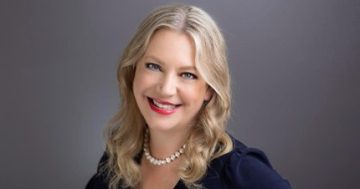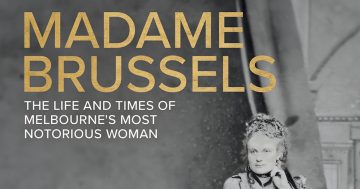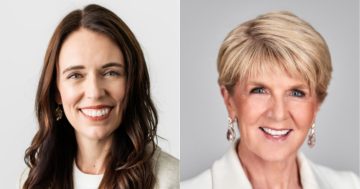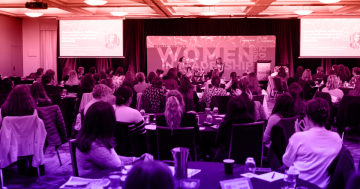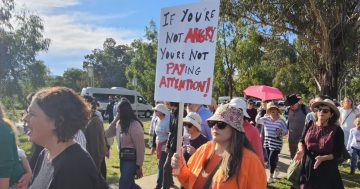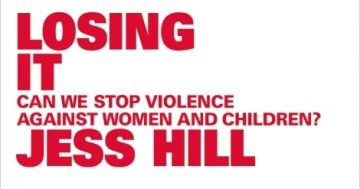Niki Vincent* discusses her work to improve gender equality in the Victorian public sector and reflects on how, as a white woman, she can be a better ally to people of colour.
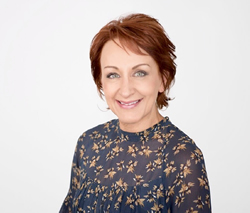 On Wednesday last week, I was sitting on a stage as part of a panel conversation, which is not unusual for me. What is (lamentably) unusual is the fact that I was in the minority as a white woman.
On Wednesday last week, I was sitting on a stage as part of a panel conversation, which is not unusual for me. What is (lamentably) unusual is the fact that I was in the minority as a white woman.
The other panellists were all brilliant women of colour – speaker and author Winitha Bonney, Niveditha Balachandran, who leads the Inclusion and Diversity work at the Transport Accident Commission, and Viv Nguyen, who I work closely with in her role as Chair of the Victorian Multicultural Commission.
The Public Sector Women of Colour Leadership and Allyship Summit focused on putting diversity on the stage and showcasing the talented women in the public sector – those who are too often overlooked.
In 2022, Women on Boards Australia found that women comprised 46 per cent of board members, but only 5.7 per centwere culturally diverse women.
The Diversity Council of Australia just put out some research that surveyed Culturally and Racially Marginalised Women – a term it is using to replace Culturally and Linguistically Diverse – and found that 85 per cent of these women felt they had to work twice as hard to get the same treatment or evaluation as white women.
In evidence of the racial bias that many people hold, 75 per cent of women surveyed reported that other people had assumed they work in a lower status job than they did.
So it’s harder to get into a leadership position as a woman of colour – but even when you do, others might not see you as a leader.
Despite this, McKinsey and Company found women of colour are more ambitious: 41 per cent of women of colour aspire to senior leadership, compared with 27 per cent of white women.
We cannot achieve gender equality while any group is marginalised.
But for many years, a so called ‘colour blind’ approach to gender equality and increasing women in leadership meant it became a space for white women – excluding women of colour, of different faiths and of different races.
When gender intersects with other identities such as these, it compounds experiences of disadvantage, and renders ‘one-size-fits-all’ approaches to gender equality ineffective.
As Victorian Multicultural Commission Chair Viv Nguyen explained, assuming women are a homogenous group risks leaving some women behind.
“Some women have the dual challenges of overcoming cultures and traditions and modern structural barriers,” Viv said.
“We must collect data that is more than just gender; setting targets for gender must include other lenses.”
That’s why the Gender Equality Act asks public sector organisations in Victoria to apply an intersectional gender lens to its workforce and the work it delivers.
It’s the first legislation of its kind to formally incorporate intersectionality.
This is a new space for many organisations and we are currently grappling with a lack of data.
My team is currently working on a research report to help understand intersectionality in the Victorian public sector (including local government and universities) – and address the data gap, but there’s a long way to go.
In ‘The Pronoun Lowdown’ – which I currently have open on my desk – Nevo Zisin writes: “Calling yourself an ally is like buying a toy trophy and telling people you’ve won an Oscar. I’m always wary of people who say it.”
So too, I feel uncomfortable talking about being an ally.
But reflecting on the panel conversation, I also know that, despite having experienced other forms of disadvantage in my life, I have immense privilege in not needing to always think about race.
So how, as a white woman, can I be a better ally? How can you?
1. First, educate yourself.
It’s not the job of the women of colour in your organisation or family or friendship circles to do this.
We have a great appreciation for self-education in my Commission and regularly come together to talk and canvass opinions on issues we’re interested in or want to learn more about.
We’ve curated a great library in my office, featuring Roxanne Gaye, bell hooks, Professor Aileen Moreton-Robinsonand more which is open for everyone to borrow from.
2. With that said, listen when other women speak.
Really listen.
I’m surrounded by women of colour – in my team, my foster daughter, daughter-in-law and two gorgeous Vietnamese Australian granddaughters also keep my allyship front of mind.
And while it’s not their job to educate me, it’s my responsibility to listen and learn from them.
3. Remember, it’s not personal – as a white woman ally it’s necessary look beyond the discomfort you may feel as an individual to have these important conversations and consider the systems and structures that disadvantage and discriminate against women of colour.
*Dr Niki Vincent (pictured) is the Commissioner for Gender Equality in the Victorian Public Sector.
This article first appeared at broadagenda.com.au



